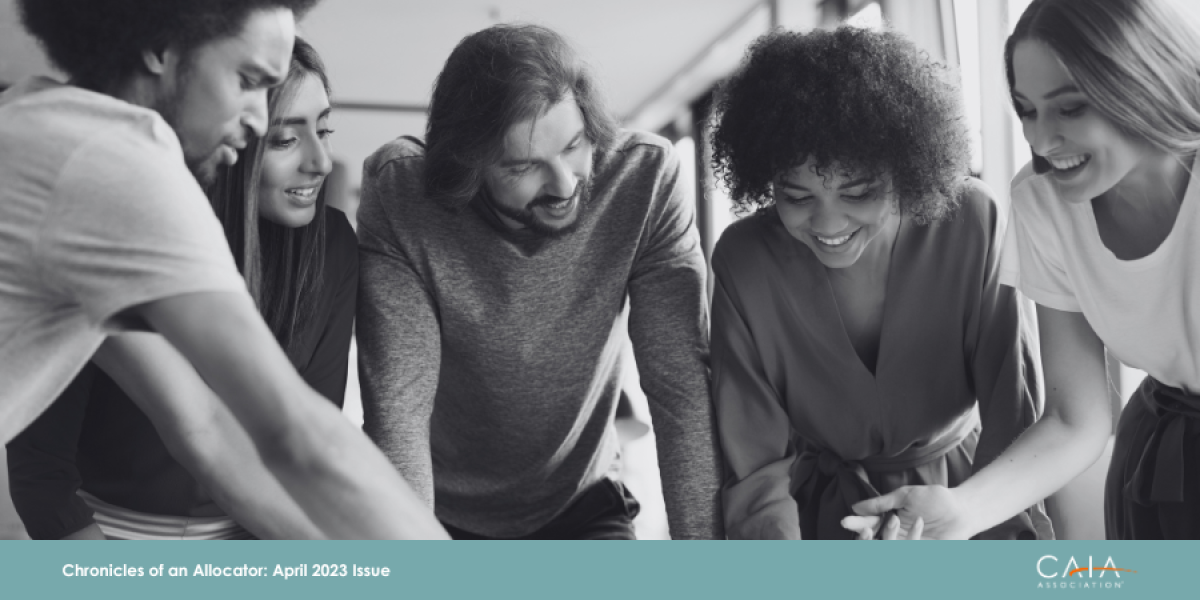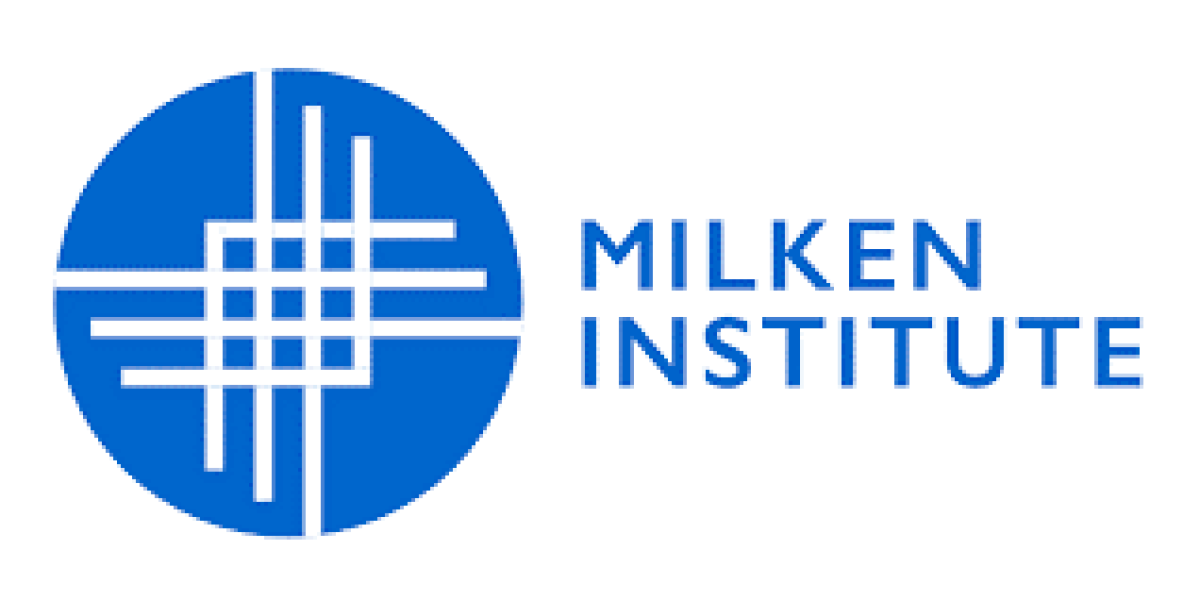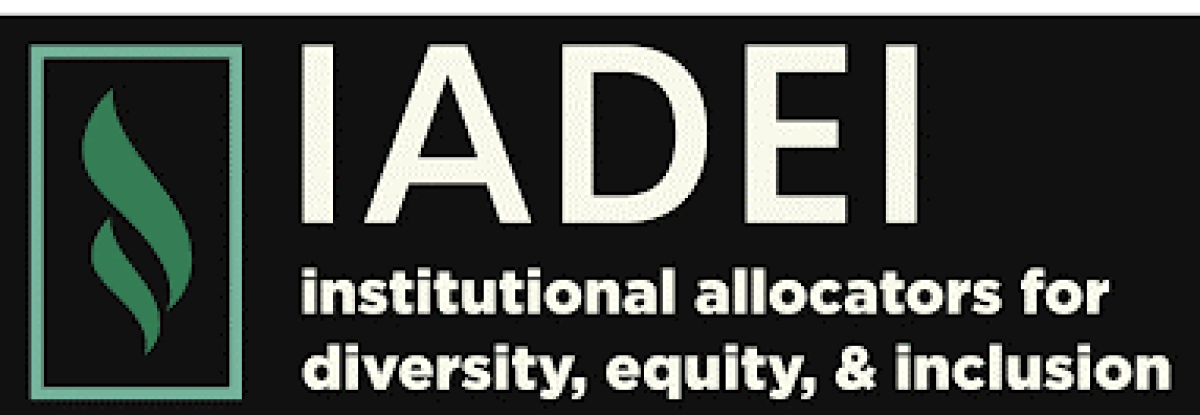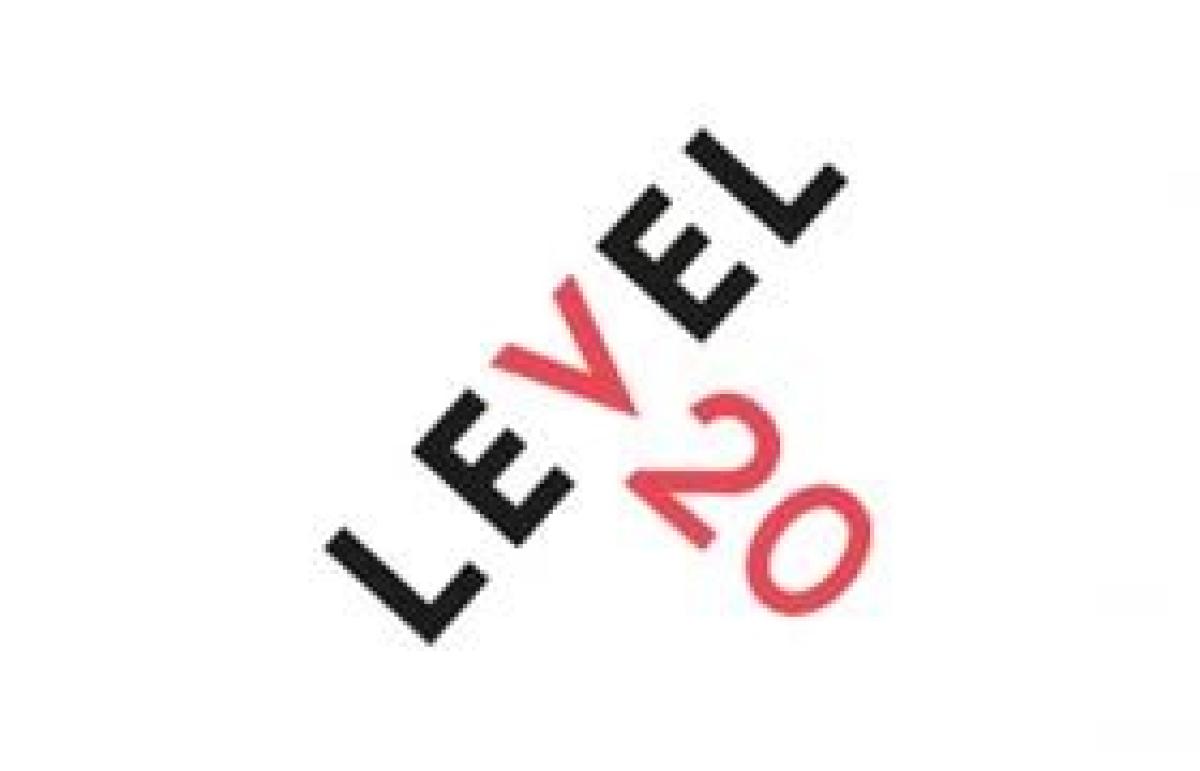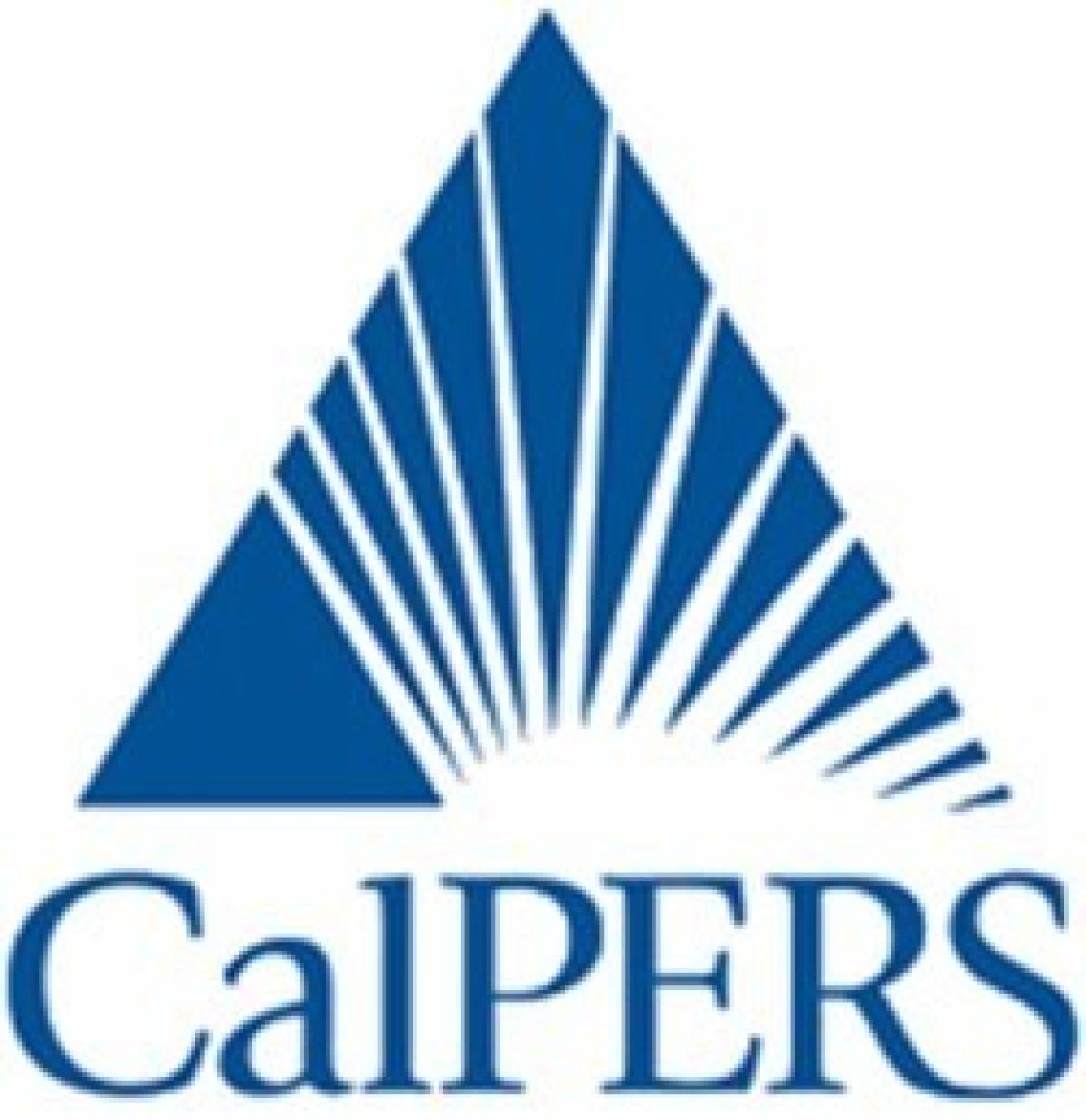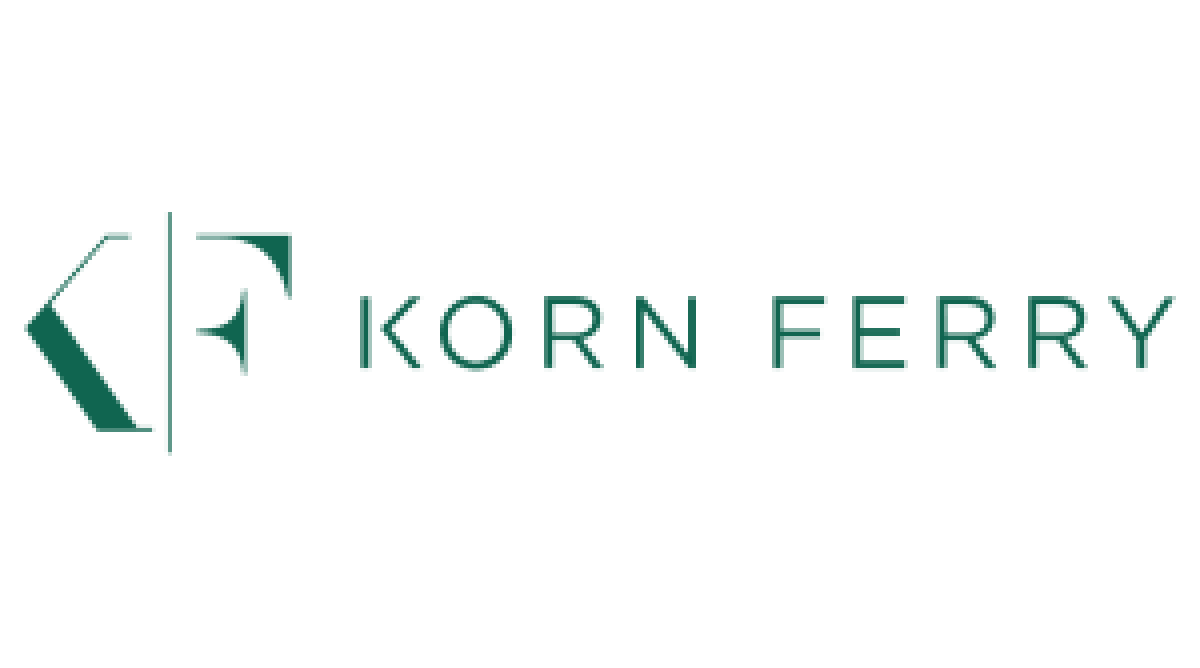This Milken Institute’s white paper provides a fresh perspective and compelling roadmap for asset owners and the industry. The authors provide actionable steps, grounded in relevant research, for incorporating diversity, equity, and inclusion into governance, sourcing diverse talent, underwriting equitably, and committing to equitable monitoring and engagement. "A turnkey, grand diversity plan will not yield results. Instead, we believe real change comes from a series of sustainable, micro actions by multiple stakeholders across the asset management industry."
Research and data overwhelmingly demonstrate that diversity in people, backgrounds, and ideas deliver the best outcomes. CAIA Association is committed to building a more diverse, inclusive, and equitable industry for the future. With our Members working across all alternative investment sectors and many holding senior-level roles, CAIA Association has a unique opportunity to contribute its voice, amplify impact, and influence change. For this month’s edition of Chronicles, we turned to Deborah McLean, President of the CAIA Foundation, and CAIA’s Global Head of Diversity, Equity, & Inclusion, to contribute insight and perspective on DEI initiatives throughout the industry.
It was the late 1990s and smoking rates among teenagers in the United States had reached an all-time high. Officials were baffled and discouraged. Efforts to reverse teen smoking trends were failing. Twenty years of carefully crafted prime time TV and radio ads warning about the dangers of smoking had done little to change the trendlines of teen behavior. Two-thirds of all high school students reportedly smoked, and cigarettes were causing one in five deaths.
The more teens were told not to smoke, the more they did. As Jonah Berger describes in his book, The Catalyst, the failed anti-smoking campaign was anything but an outlier event in human behavior. Berger describes decades of research that adds up to this: Humans have an “anti-persuasion radar” that kicks in when we are told what to do. “Just as missile defense systems protects a country against incoming projectiles, people have anti-persuasion radar. An innate anti-influence system that shields them from being swayed. They’re constantly scanning the environment for influence attempts, and when they detect one, they deploy a set of countermeasures,” he writes.
He offers many examples of this phenomenon. Jurors who are told to disregard inadmissible testimony have been shown to do exactly the opposite. We are told that physical activity and eating healthy foods have enormously good health benefits. Yet inactivity and junk food diets in wealthy nations remain a huge public health problem.
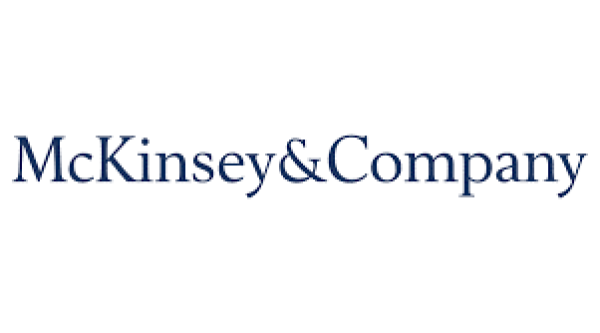
What does this have to do with diversity, equity, and inclusion (DEI)?
It’s been nearly three years since the murder of George Floyd, a catalyzing event in which the public outcry for social justice and DEI action was met with corporate pledges, public statements of solidarity and support, new initiatives, and unprecedented monetary commitments. As the urgency for change came from all directions, funding flowing into DEI programs increased substantially. According to a 2023 McKinsey & Company DEI report, dollars spent by companies on DEI-related efforts will more than double to $15.4 billion by 2026.
Where are we with DEI today?
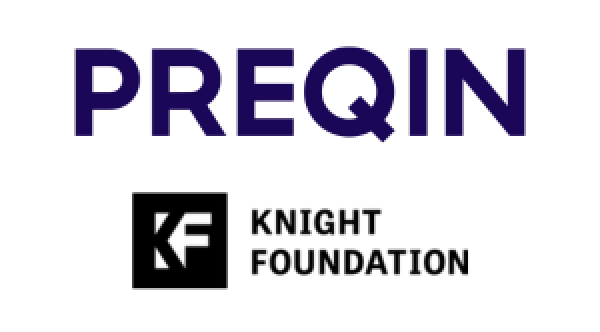
Despite the significant increase in resources dedicated to DEI-related efforts, Preqin’s 2023 Women in Alternatives Report shows little positive change year-to-year. Women working in alternatives increased ever so slightly to 21.3% from 20.9%. The number of women at senior levels stands at 13.6%, barely a change since last year. In addition, women and diverse-led firms oversee only 1.4% of the $82 trillion AUM in the US today according to the Knight Foundation.
Why is the pace of change so slow?
DEI change is hard. It’s complex and it will take time to see many of the efforts of today having a measurable effect. Looking to the teen anti-smoking campaign case study does offer some ideas about what could help accelerate progress.
With teens flatly ignoring the “don’t smoke” message, public health officials decided to drastically change their strategy. They convened a group of teens, shared only the basic facts about nicotine and the tobacco industry’s intentional marketing efforts targeting young people, and then sat back and listened. Interestingly, the teens came up with their own approach that didn’t mention the harmful effects of smoking at all.
Instead, they recorded an average teen calling up a tobacco industry executive and asking him directly what motivated him to advertise tobacco to young people when knowing full well of the harmful lifelong health impacts. “We’re in the business to make money,” the executive said.
The teens created a new ad campaign that played the recording of the tobacco executive’s call, exposing how the cigarette company was intentionally trying to influence them. According to Berger’s research, within a couple years teen smoking rates were cut in half. “They stopped trying to persuade the students and let them persuade themselves.”
It turns out that telling people what to do, even when armed with the best data and research, does not in any way ensure people will do things differently. Allowing for personal agency is key.
This suggests that who we include in conversations involving change — like DEI initiatives — and how we engage them, matters (a lot!), maybe even more than we thought.
DEI at CAIA
Things that start small can compound over time. In 2020, CAIA set out to embed DEI into the DNA of the organization. Today, our DEI strategic framework is multifaceted and global. We recognize that the layers of diversity are broad, extending well beyond gender and ethnicity, and that the US or a single-country lens of “diversity” cannot be applied to other parts of the world.
We’ve prioritized data to help us understand where we are and where we need to be. Looking at gender, the composition of CAIA’s global membership mirrors the overall industry, with only 16% women across 13,000 individuals in 100+ countries. Our global employees are 38% female at the director level and above, and 42% of CAIA’s Board of Directors are women. Our global Chapter Leadership Committees are 24% women.
We’ve also expanded support with university and industry partners to help nurture the next generation of diverse talent. We leverage our global platforms and thought leadership to amplify CAIA’s voice and ensure the business case for DEI is loud and clear.
And, we are serving as a model at the podium with a firm stand on diversity as a must have, not a nice to have at CAIA Chapter events and conferences. DEI accountability comes from the top, and CAIA’s CEO, Bill Kelly, consistently declines participation on panels that are not diverse.
All these things are important, yet one of the most surprising steps forward has come from us looking inward and recognizing the value in simply creating space for open, authentic DEI conversation together across all levels of seniority and geographies. Our DEI forums, offering a space for conversation with one another, is intentional and comes from a place of respect, empathy, humility, curiosity, and patience. Through it, we are creating connection, building understanding, and a deepened appreciation for our strength in our differences.
Will economic churn, shifting geopolitical risks, and the largest bank failure since 2008 derail DEI progress for the industry? We don’t yet know the answer to these questions. But what we do know is that creating opportunities for authentic DEI conversation among all stakeholders – including majority groups — will be an important tool for neutralizing anti-persuasion radar.




